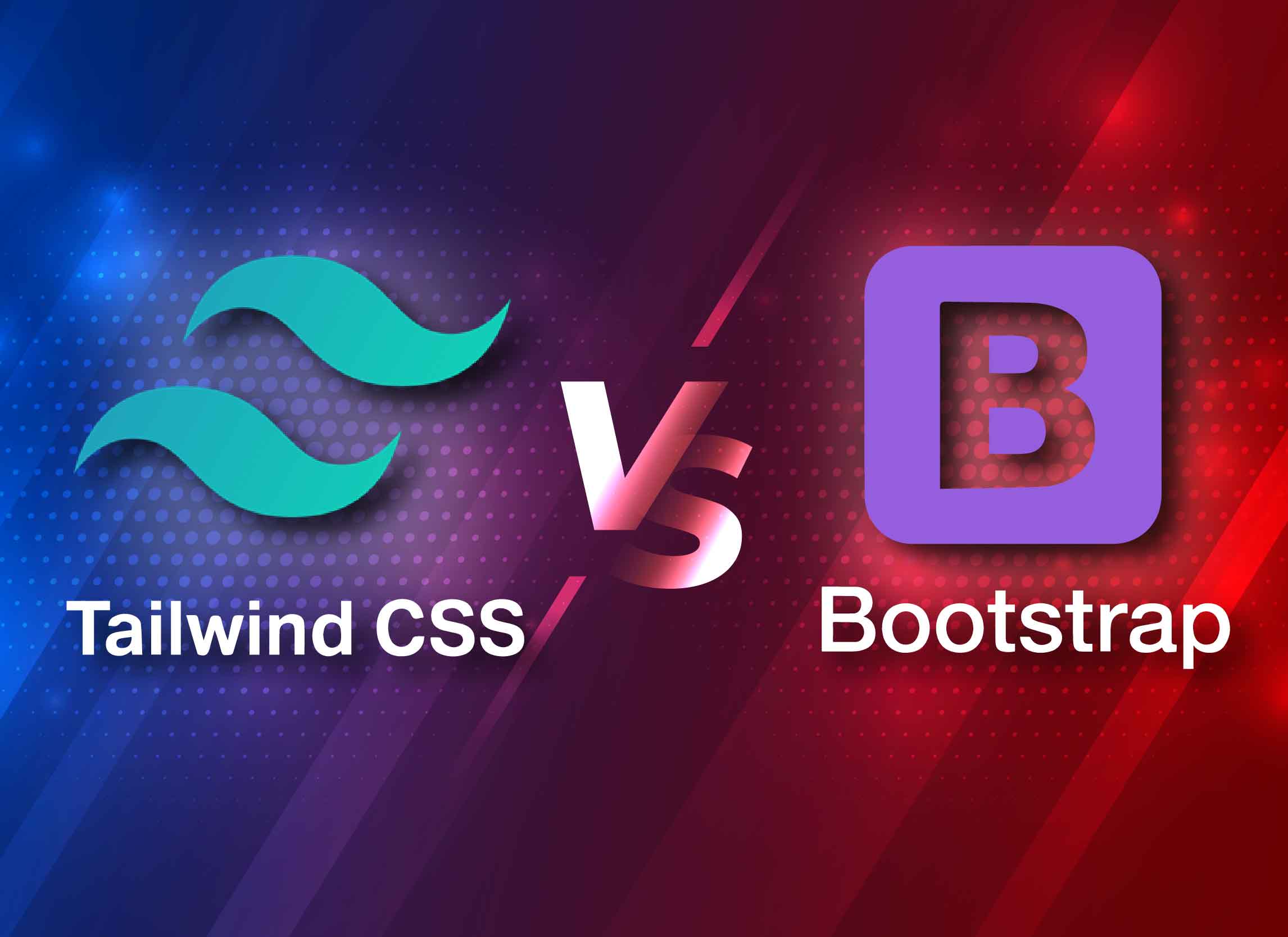
With an increasing number of web developers, the popularity of the tailwind CSS networking has tremendously increased. Many new developers are consistently using this networking framework as an alternative to the CSS framework. In this article, we are going to discuss some of the significant and bias differences between tailwind and bootstraps.
Bootstrap
The bootstrap initially came into being on August 9th in the year 2011. If you count, it was almost nine years before. This CSS framework was initially considered to be the smartest framework, and the team of Twitter developed it. However, later it was maintained and run by Mark Otto and Jacob. It is one of the frequently used and smartest CSS frameworks, and it is ranked number six in the GITHUB club. Not only this, bootstrap is commonly used by millions of new and established developers all around the world.
Tailwind CSS
Tailwind CSS establishment involves the contribution of GITHUB, but now it is handled by Adam Nathan. It was established a year ago on 21 October 2019. It is considered the fastest utility CSS network all around the globe. The development is much quicker with this networking method. Tailwind is a vastly customizable and low scale CSS network that provides you with immediate edifice blocks to establish custom-made web designs without the interference of dogmatic styles.
Developing with Bootstrap
Bootstrap is an object-oriented CSS framework. It has indeed established as one of the top ways to control and manage style sheets and classes altogether. In the past, before the development of the object-oriented CSS networking framework, one has to sort and create different styles and levels for every single component. which means that if you had ten buttons, you had to make ten classes for every button present in the application. Now with the emergence of object-oriented CSS, you would have few types for controlling the styles and sizing of the components. This will result in a dry style sheet.
Bootstrap is correspondingly using the preprocessors, Sass. This app helps you to change and control roles and variables in a worksheet. If you are using red as the color in your CSS file, then this color will be evenly spread but will Sass if you want to change the color, you will do it one way and will see that the color change has distributed equally in the file. That’s an exceptional quality of sass.
Themes erg uses sass for their benefit. And also create a variety of style sheets and variables so that the regulars who are interested in purchasing can easily decide on the font and color-coding.
Developing with Tailwind CSS
As mentioned above, the tailwind CSS framework is high-speed and is referred to as a utility CSS framework. This means that one has to pre-write several classes for HTML elements. In the case of the utility tail wind framework, you will see a significant number of courses for margins, background, fonts, padding, font families, shadow, text colors, and many more.
Bootstrap Primary Button
<Button type=”button” class=”btn btn-primary”>Primary</button>
Tailwind CSS Primary Button
<button class=”bg-blue-500 hover: bg-blue-700 text-white font-bold py-2 px-4 rounded”>Primary</button>
A base set of components
In the case of base components bootstraps wins this part since it has several base components that involve modals, nav tabs and accordions, and many more. However, in the case of the utility tailwind framework, it involves only a handful of constituents if their proper documentation is done. The complete list involves
- Use of button
- Alerts
- Use of cards with
- Forms
- Use of flexbox grid
- And navigation
Remember, as we discussed above, tailwind has the feature of creating a significant number of classes for any button. Therefore it is highly useful and can easily create different and many base components as compare to bootstraps 21st base components. One must try, though.
Performance
If you want bootstrap 4 to become incorporated into your project and work ultimately, you will require a minimum of four essential files. That’s how you will get a full benefit out of it. total space occupied is 308.25kb. That’s a lot, though but highly useful. This involves jQuery, popper js, bootstrap Js, and bootstrap itself.
On the other hand, tailwind css requires only a style sheet and occupies a total space of 27kb, which is nothing as compared to bootstrap. As discussed above, bootstrap has a total of 21 essential components that are required for functioning. If you want to increase the features in a tailwind, you can increase the number of classes to style. However, if you are not willing to use modals and accordions and want to adopt a might lightweight framework, the tailwind is an excellent option for you. If you haven’t employed any of these, you should study their comparisons and decide what suits you best.